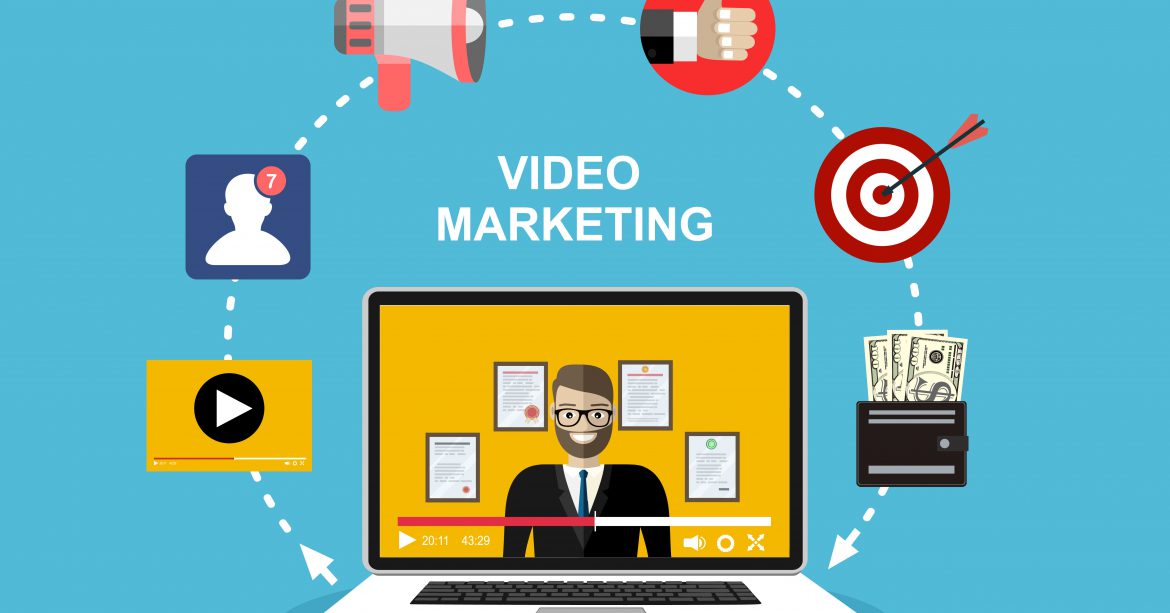The Rise of Video Marketing and Its Impact on Brands
It’s understandable why video marketing has become so popular in recent years. The rise of streaming platforms like YouTube and the widespread adoption of smartphones has made it easier for businesses to create and share video content.
The report from HubSpot reveals that in contrast to the 33% who felt that way in 2015, 87% of video marketers said that video delivers them a positive ROI. This may be related to a better understanding of video usage and tracking and quantifying its effects.
According to a survey by Wyzowl, 81% of businesses use video as a marketing tool, and 99% of those businesses say that video has helped them increase user understanding of their product or service. In addition, 69% of those businesses say that video has directly contributed to increased sales.
In this article, we will look at the benefits of video marketing on brands:
1. Videos help to clarify the business goal better
One of the most significant advantages of video marketing is its ability to convey information in a short amount of time. With just a few minutes of video, a business can introduce itself, explain its product or service, and showcase its benefits. This is especially useful for companies with complex products or services, as it allows them to clearly and concisely explain what they do.
2. Videos allow your content to get viral easily
Video material is popular, helpful, and entertaining. YouTube is currently the second-largest search engine in the world, immediately after Google. An absurdly high number, over 1.9 billion people use YouTube each month. Over a billion hours of video are watched every day by that group, which makes up nearly one-third of all internet users.
Video marketing is also highly shareable, which means it has the potential to reach a broad audience quickly. Social media platforms like Facebook, Instagram, and Twitter make it easy for users to share videos with their followers, and popular videos can even go viral, reaching millions of people. This can be especially useful for small businesses, as it allows them to get a large audience without breaking the bank on advertising.
3. Video aids with branding and consumer trust
Video can establish a human, comprehensive, and engaging relationship more quickly than the copy. But to portray your organization as helpful, competent, and human, these two media should be used together. With those latter two, video is quite helpful.
Businesses are more likely to build trust if you include supplementary content provided by companies themselves, their coworkers, or their staff in a sincere and down-to-earth manner. Inbound marketing is about increasing consumer trust and utilizing it to forge connections. Our goal is to inform rather than to sell.
Showing the human aspect of your company through employee interviews and behind-the-scenes video is an excellent approach to engaging your audience. These short videos can increase interaction and foster a bond between your company and potential clients.
4. Video marketing increases sales
Many individuals are using video platforms such as YouTube for entertainment and education. A few people check YouTube before making a purchase. Video product evaluations are well-liked because, in contrast to an advertisement, they provide information about the product and are typically honest.
This also applies to product videos integrated into the website’s actual product pages. Four out of five customers believe seeing a product demo was beneficial, and over 50% of internet users search for product-related videos before making a purchase.
Videos showcasing your goods and services are helpful. Additionally, vloggers, influencers, and micro-influencers may review your products on their social media pages.
Despite the many benefits of video marketing, it’s essential for businesses to carefully consider their strategy before diving in. Creating high-quality video content takes time and resources, and it’s necessary to ensure that the investment will pay off. One way to do this is to set clear goals for the video, such as increasing brand awareness or driving sales, and then track the results to see if the video meets those goals.
In conclusion, the rise of video marketing has significantly impacted brands, and it shows no signs of slowing down. With its ability to convey information, reach a broad audience, and improve a brand’s reputation, it’s no wonder many businesses are turning to video as a marketing tool.


